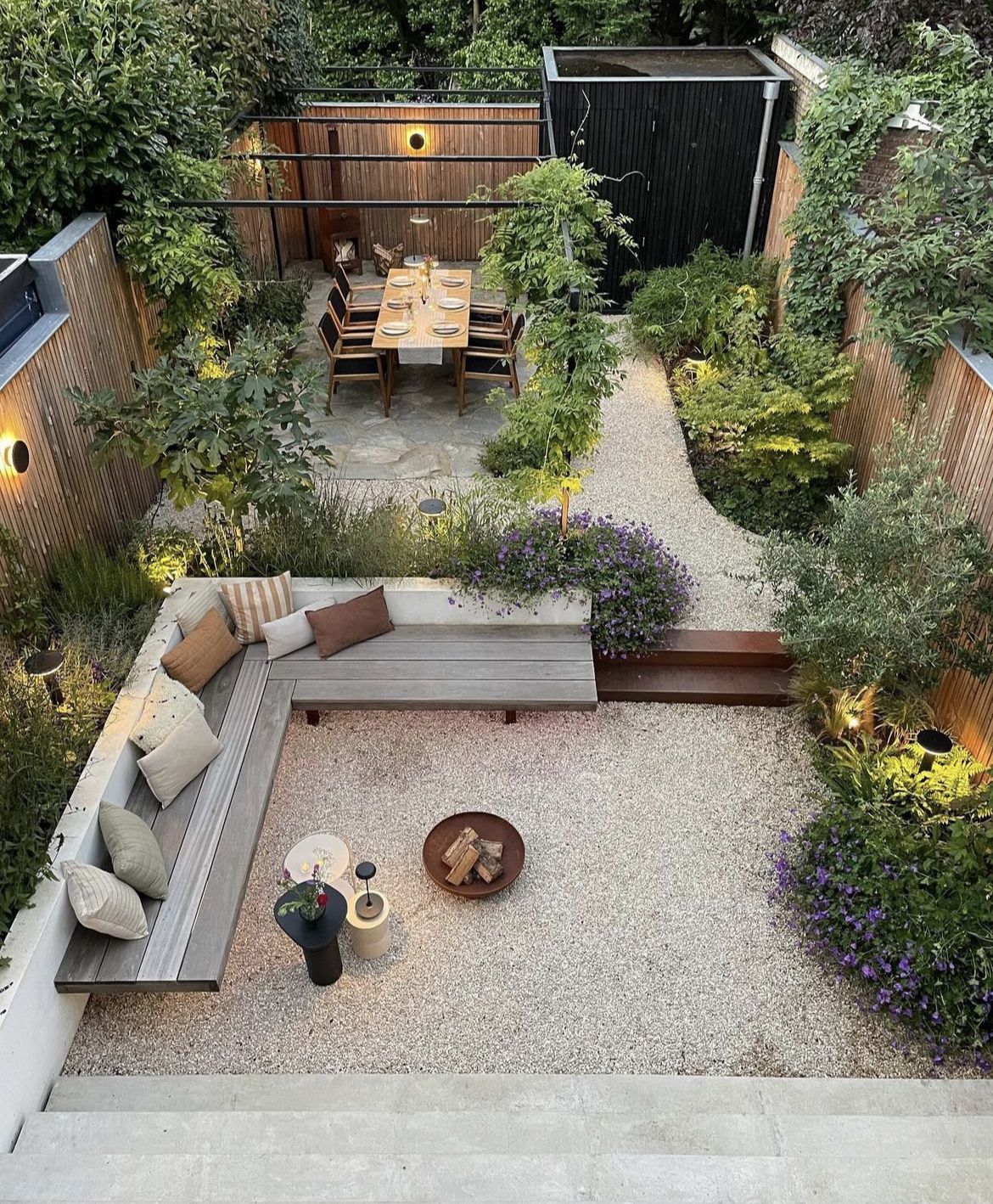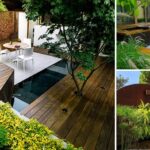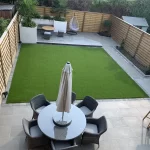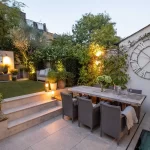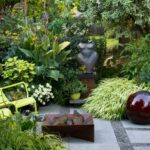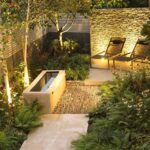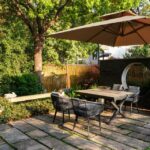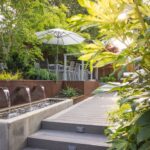Garden design plays a critical role in creating a beautiful and functional outdoor space, regardless of its size. In small gardens, the design process becomes even more crucial as every square foot must be utilized effectively to maximize the potential of the space. The key to successfully designing a small garden lies in careful planning and strategic use of elements such as plants, hardscape features, and furniture.
One of the first considerations when designing a small garden is to carefully assess the available space and identify any limitations or challenges. This could include factors such as irregular shapes, awkward corners, or limited sun exposure. By understanding the constraints of the space, you can develop a design plan that takes advantage of its unique characteristics and creates a cohesive and harmonious layout.
In small gardens, it is important to create a sense of continuity and flow to make the space feel larger and more inviting. This can be achieved through the use of pathways, borders, and planting schemes that guide the eye through the garden and create visual interest. Incorporating elements such as raised beds, vertical gardens, and trellises can also help to maximize space and add dimension to the design.
When selecting plants for a small garden, it is essential to choose species that are well-suited to the space and will thrive in the available conditions. Consider factors such as sunlight requirements, soil type, and water needs to ensure that your garden remains healthy and vibrant throughout the year. Utilizing a mix of shrubs, perennials, and annuals can help create a dynamic and varied planting scheme that adds color and texture to the design.
Incorporating hardscape features such as patios, seating areas, and water features can also enhance the functionality and aesthetic appeal of a small garden. These elements can help create defined spaces within the garden and provide opportunities for relaxation, entertainment, and contemplation. When designing hardscape features, it is important to consider the scale and proportion of the elements to ensure that they complement the overall design of the garden.
Finally, paying attention to details such as lighting, color schemes, and decorative accents can help elevate the design of a small garden and create a cohesive and inviting outdoor space. By carefully selecting accessories, furniture, and decorative elements that complement the overall design, you can create a harmonious and visually appealing garden that reflects your personal style and enhances the beauty of your outdoor living environment.
